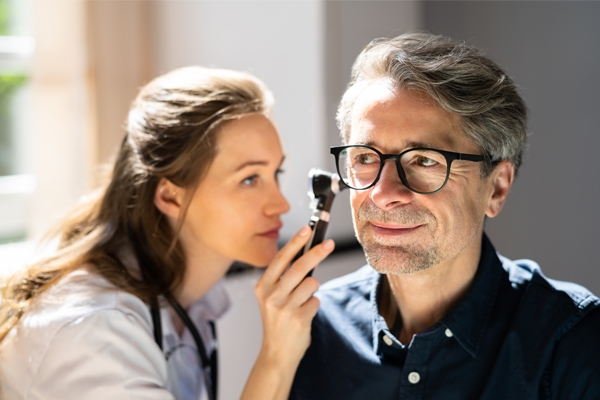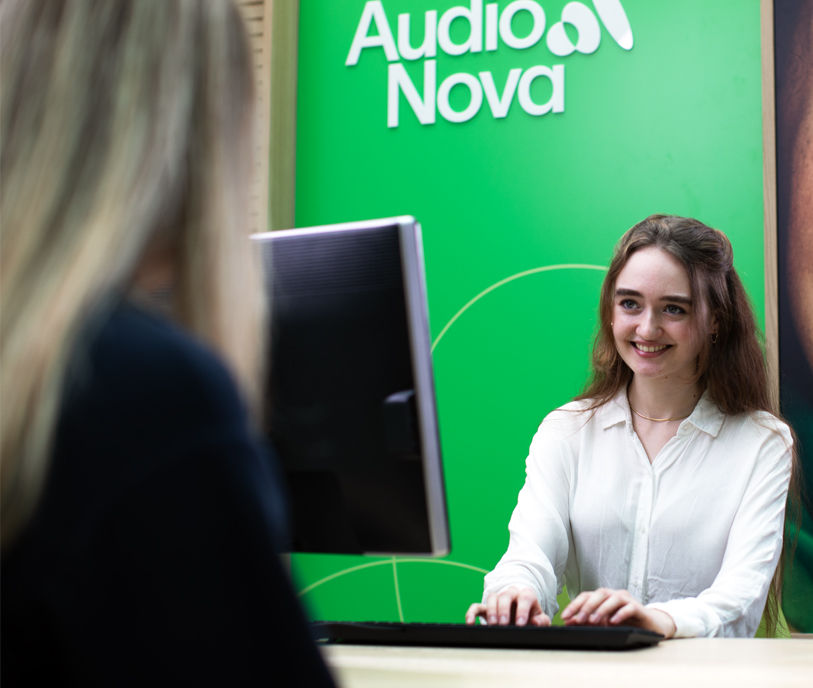How To Learn To Lip Read

How To Learn To Lip Read
10 min
Published January 17, 2025
For the hearing impaired, communicating in a hearing world can be a major challenge. Hearing loss affects all aspects of a person’s life, including their ability to maximize educational opportunities and fully participate in career options. Many people with hearing loss choose to learn and practice several communication techniques simultaneously, such as lip reading and sign language. This way, they are assured the ability to understand those around them, as well as make themselves understood.
Lip Reading: Myths vs Facts
While, for the right reasons, lip reading can be a crucial skill to develop, we must also recognize its limitations. Even the most gifted lip readers are only able to distinguish about 30-45% of the words being used at any given time. They can only fully understand a conversation or discussion by supplementing what they have visually interpreted with context, body language, and other non-verbal cues.
Nevertheless, lip reading, or speech reading, is an effective tool to learn and its limitations can be reduced by being aware of the surroundings, including:
- The physical environment - there must be enough light.
- Proximity - the person must be close enough and facing in the direction of the lip reader with their head up looking directly at the person.
- Limited distraction - it is most beneficial to have one-on-one contact or only a small group of people when communicating to limit distraction for everyone.
With easy access to on-demand education through the internet, many hearing-capable people are learning to lip read as well. Often these are people wanting to support a loved one who is hearing impaired or feel it will be valuable in meetings or social situations where hearing every word is difficult.
Unfortunately, on the downside, we often hear about people who exploit this skill in an underhanded way, i.e., sports teams using bad lip reading to gain an unfair advantage with their opposing team’s plans.
Lip Reading: The best ways to learn
Like so many things today, learning to lip read can be done from almost anywhere and from any device with classes and courses available online through You Tube channels and hearing organizations worldwide. Finding an accredited course that is available for your time frame and budget is as easy as contacting your local hearing support association.
Additionally, besides the virtually unlimited practice and testing opportunities available online, one thing seems to be universally true. Practice and continuing education are key! It's important to find real world practice options, such as:
- movies and television
- friends or family members
- social situations, such as lectures or skill demonstrations.
3 Major Components of Lip Reading
As a visual form of communication, lip reading relies on information that is processed and synthesized from three different elements. With lip reading supplying less than a third of the actual information, the other two elements - non-verbal cues and context - become even more critical to help inform and expand our understanding of a conversation.
Context
Context creates the frame that helps us interpret incoming information. In lip reading, it becomes crucial to understand the context so that you can fill in the gaps making sense of the conversation. You can anticipate and define the other person’s meaning more easily if you know the backdrop or framework.
Non-Verbal Cues
Non-verbal cues come in a symphony of messages that add the richness and emotion to conversation. These are some of the many forms of non-verbal communication that add nuance to lip reading and help the reader to interpret meaning:
Body language:
- Posture - is the person leaning forward in an intimate way (indicating trust and friendship) or sitting back with their arms crossed (indicating anger or apprehension)
- Facial expression – whether the person is happy, sad or angry is all communicated through the face
- Eyes – staring, blinking, and dilation are all ways that we interpret intent
- Mouth – is the person smiling or biting their lip indicating stress or worry
Gestures:
- waving, pointing, giving a thumbs up – all ways of communicating through gesturing that adds clarity to lip reading
Expression and tone:
- angry and agitated vs leaning inward to whisper are ways that tonal changes are communicated
Lip Patterns
By learning to lip read, you are learning to understand speech through observing patterns in the lips, mouth, throat, and neck. Vowels, consonants, words all have different patterns and movements. When learning to recognize these patterns, it’s much more effective to be face-to-face or use video courses. Still photography, like in books, can’t capture the movement that helps us identify the patterns of words.
Learning to lip read requires a great deal of concentration and focus. You will probably experience exhaustion after classes or practicing – be easy with yourself.
Lip Reading: Tips & Tricks
Anticipate what’s coming next! The flow of conversation has a cadence and predictability to it. Focus on where the conversation might logically go next. If you miss a word, can you guess what it might be and fill it in? For example, if you read “I ____ happy”, it’s a pretty good guess that the missing word is “am”.
Remember that conversation follows a set of loose rules. Initially meeting someone will usually begin with a greeting such as “Hi. How are you?” Learn that and similar patterns so that it becomes visually automatic.
Make educated guesses and check them out with the speaker to ensure you are on the right track. “Do you have an appointment with ______?” could be “doctor” or “hairdresser”. What fits in context with the conversation or purpose?
If you know you are going to encounter certain words, practice. For instance, if you are going to a doctor’s appointment – practice words and phrases related to healthcare like “How are you feeling?”
And finally, if someone is not looking at you or is moving around too much, stop and remind them of what you need to successfully read their lips.
It’s important that you let your conversational partner know that you are trying hard to communicate and appreciate their help.
We wish you luck in learning to lip read. If you are looking for more information on how to improve your social life while having a hearing problem, contact us!




